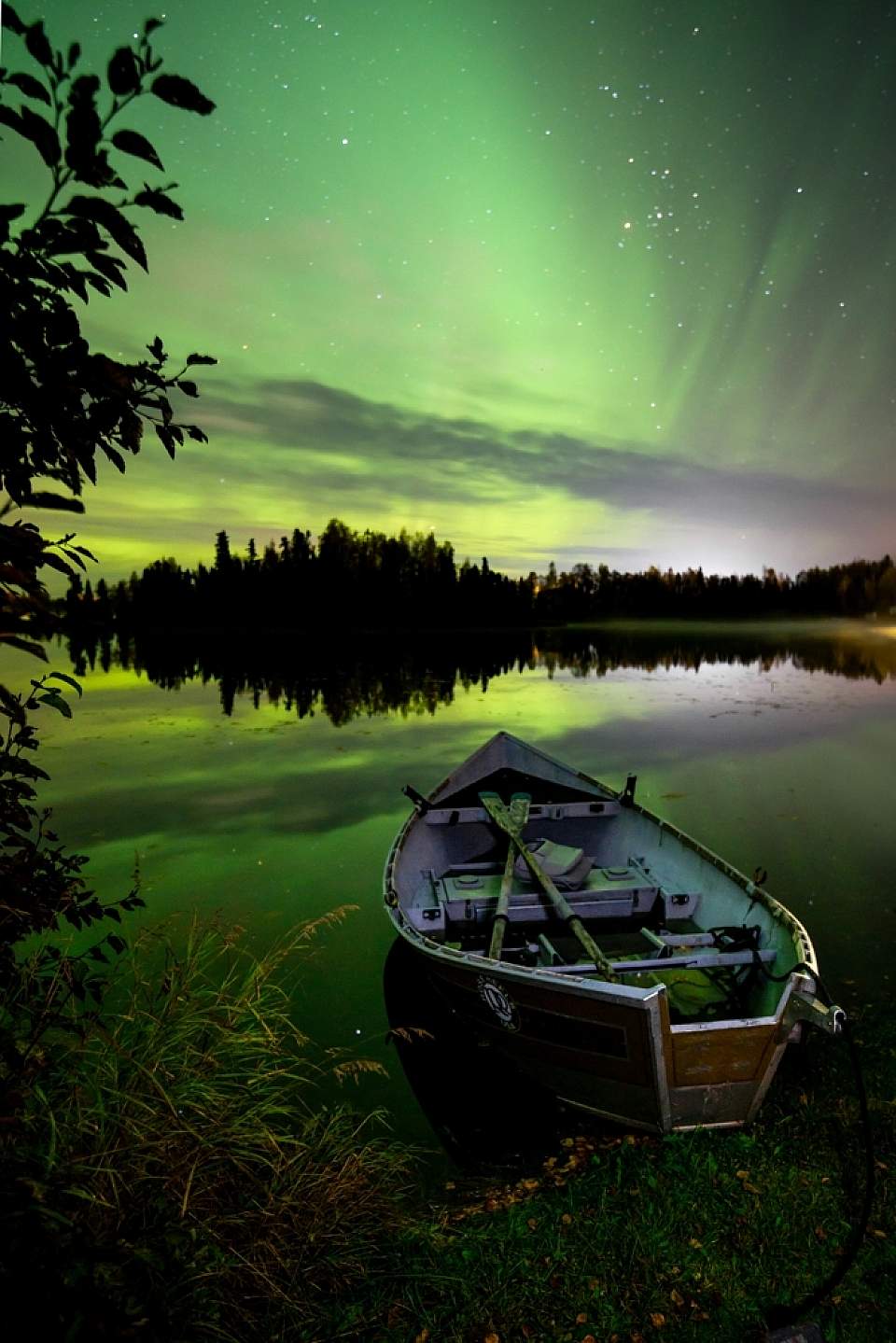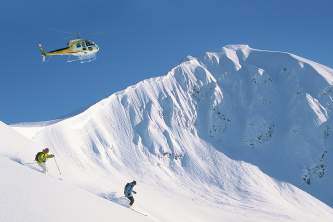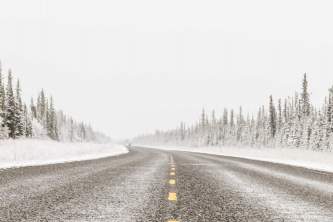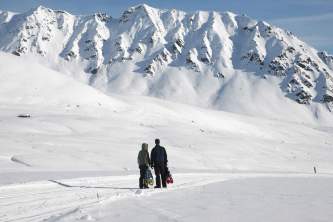Photo Credit: Scott Adams
Alaska.org's Tips to See the Northern Lights in Alaska
The aurora is created when the charged particles of the solar wind get captured by the Earth’s magnetic field and interact with ionized gas in the upper atmosphere about 60 to 90 miles up. The process forms a sort of planetary halo centered on the magnetic pole. The physics of it is similar to what creates the images inside the screen of an old-fashioned tube television or the glow of a neon light. Overall activity waxes and wanes with the sun’s 11-year sunspot cycle, but that mostly impacts locales south of the Alaska Range. Communities beneath the main auroral band—like Fairbanks—regularly experience great displays throughout the cycle.
View Our Recommended Northern Lights Tours

Aurora reflects on Sport Lake during a fall night on the Kenai Peninsula. Photo by Dan Ungrue.
- Check the Aurora Forecast. Scientists monitoring the sun predict when it’s likely to become active based on the solar wind. A reliable Aurora Forecast is sponsored by the Geophysical Institute at the University of Alaska Fairbanks. A time-lapse version can be found at NASA’s space weather site.
- Check the weather. You won’t see the aurora through thick clouds. If the solar-wind-based forecast is promising, you need to find a location with clear skies. Alaska’s classic aurora viewing occurs during cold snaps when high pressure has cleansed the atmosphere of clouds. Check the Fairbanks and Anchorage forecasts for the outlook. Fairbanks viewers often drive to a dome or into the hills near town, with Cleary Summit (17 miles north up the Steese Highway) a favorite spot. Anchorage viewers likewise will drive into the mountains or exit town. See our Anchorage viewing tips. March and April tend to experience more clear weather than the November-to-February period.
- Still, here’s an important tip: Don’t give up and just go to bed if clouds are forecast at the location where you must do your viewing. Alaska’s weather moves fast, and skies can clear off unexpectedly. This happens a lot!
- Think about moon phase (but not too much.) If you’re visiting Fairbanks or other Interior locales beneath the auroral band, a bright moon can make a powerful display even more spectacular, enhancing photography and transforming the night. But a full or half moon might interfere with a dim or subtle aurora, especially if you are watching from Anchorage or Southcentral Alaska areas where the aurora might be lower on the horizon. Depending upon where you are, seeking the aurora during the two weeks centered on the new moon might be worth considering. Use the Sun and Moon phase calculator from the U.S. Naval Observatory to find this period.
- Stay up late. The aurora tends to be most active between 10 pm and 3 am, with the light show amping up without warning. Aurora junkies sometimes stay up most of the night. So don’t go to bed too soon! This is where booking into a venue with a warm place to wait and the ability to monitor conditions can really pay off.
- Find an unobstructed northern view away from artificial lights. The glow from streetlights and human infrastructure can interfere with an aurora display, transforming something dazzling and detailed into a vague milky shimmer. As a rule of thumb, you want a spot where the stars appear bright against the black dome of the sky.



